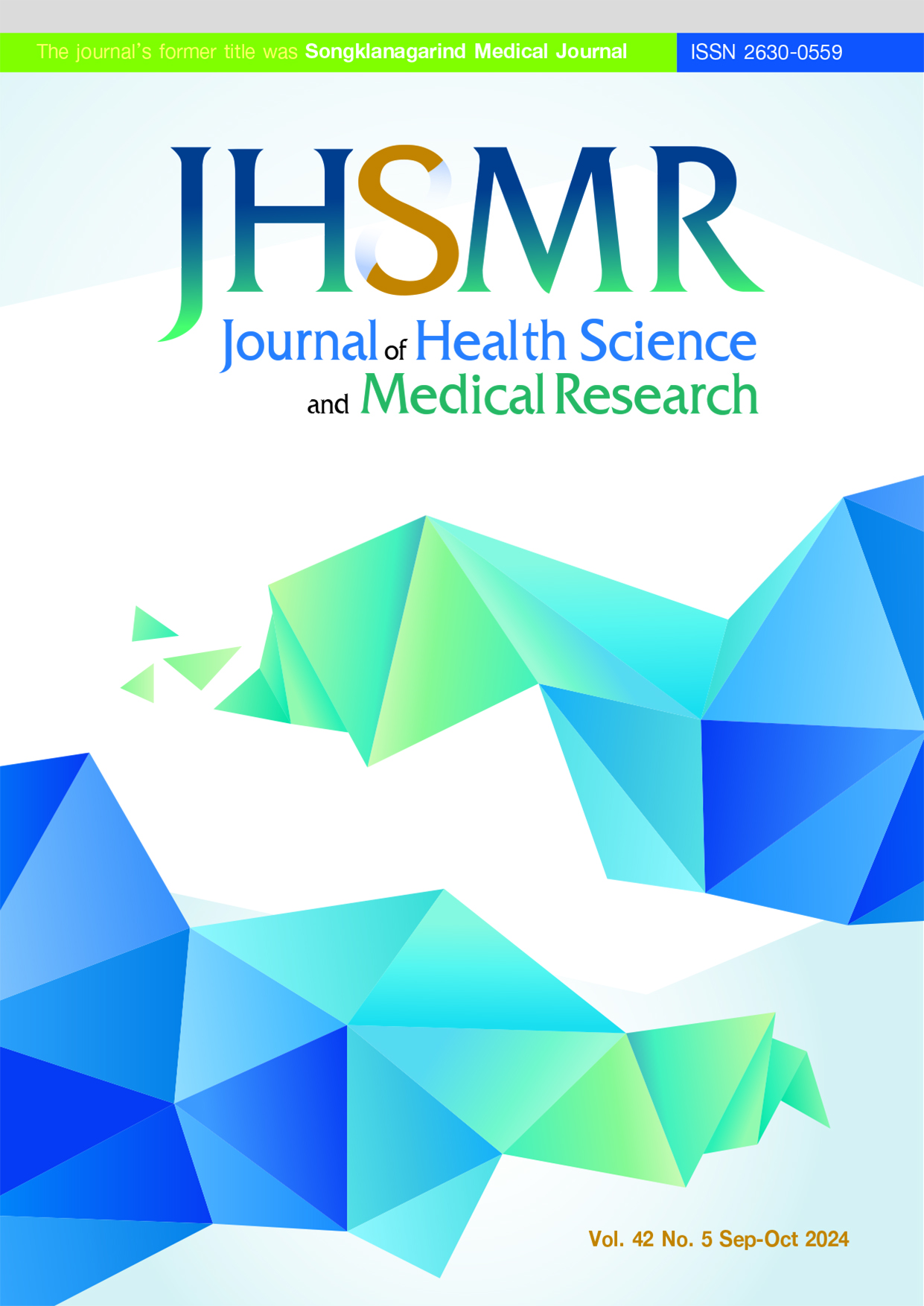Role of Furin Activation Sites as Receptors for Invasion of Severe Acute Respiratory Syndrome Coronavirus-2 Into Human Cells
DOI:
https://doi.org/10.31584/jhsmr.20241051Keywords:
COVID-19, furin, SARS-CoV-2, variants of concernAbstract
Objective: The severe acute type of respiratory distress caused by Coronavirus disease 2019 (COVID-19) was responsible for the global pandemic of 2019. While most of the focus of vaccine/drug molecules is on the receptor, there are certain enzymes that also need to be checked. Cell surface proteases are one of these. Activation of the virus spike protein becomes more complicated when many host proteases are involved. As many Variants of Concerns have been reported in severe acute respiratory syndrome coronavirus 2 (SARS-CoV-2), this study aimed to understand the proteolytic function of Furin in each, and its involvement in virus-host interaction.
Material and Methods: Spike Protein sequence alignment, furin cleavage site prediction of variants: Wuhan, Alpha (B.1.1.7), Beta (B.1.351), Gamma (P.1), Delta (B.1.617.2) and Omicron (B.1.1.529), and protein-protein docking studies have been undertaken using appropriate bioinformatics tools.
Results: It was observed that when compared to previous variations, the November 2021, outbreak of Omicron variant showed 50 amino acid substitutions in the Spike protein. Thus, in addition to the Angiotensin Converting Enzyme 2 (ACE-2) receptor, the role of virus binding sites to act as “Addition Receptors” for viral entry has been reported here.
Conclusion: It was observed that substitution of basic amino acids in the Omicron variant may be responsible for the recognition of furin cleavage sites and the presence of furin cleavage site in the receptor binding domain (RBD) region will thus enhance viral transmission. If these sites are utilized in formulation of new drugs/vaccine molecules to target the furin hydrolyse sites, we may be able to add to the existing course of COVID-19 treatment.
References
Zang R, Gomez Castro MF, McCune BT, Zeng Q, Rothlauf PW, Sonnek NM, et al. TMPRSS2 and TMPRSS4 promote SARS-CoV-2 infection of human small intestinal enterocytes. Sc Immun 2020;5:1-10.
Gulzar S, Husssain S. Bioinformatics study on structural proteins of Severe Acute Respiratory Syndrome Coronavirus 2 (SARS-COV-2) for better understanding the vaccine development. Int J Advanc Life Sc Res 2020;3:17-25.
Liu T, Luo S, Libby P, Shi P. Cathepsin L-selective inhibitors: a potentially promising treatment for COVID-19 patients. Pharma Therap 2020;213:107587-92.
Örd M, Faustova I, Loog M. The sequence at spike S1/S2 site enables cleavage by furin and phospho-regulation in SARS-CoV2 but not in SARS-CoV1 or MERS-CoV. Scien Rep 2002;10:16944-55.
Peacock TP, Goldhill DH, Zhou J, Bailon L, Frise R, Swann CO, et al. The furin cleavage site in the SARS-CoV-2 spike protein is required for transmission in ferrets. Nature Microbio 2021;6:899–909.
Singhal T. A review of coronavirus disease-2019 (COVID-19). The Ind J Paed 2020;87:281-6.
Tay FP, Huang M, Wang L, Yamada Y, Liu DX. Characterization of cellular furin content as a potential factor determining the susceptibility of cultured human and animal cells to coronavirus infectious bronchitis virus infection. Virology 2012;433:421–30.
Yamada Y, Liu DX. Proteolytic activation of the spike protein at a novel RRRR/S motif is implicated in furin-dependent entry, syncytium formation, and infectivity of coronavirus infectious bronchitis virus in cultured cells. J Virol 2009;83:8744–58.
Wu C, Zheng M, Yang Y, Gu X, Yang K, Li M, et al. Furin: a potential therapeutic target for COVID-19. iScience 2020;23:101642.
Klimstra WB, Tilston-Lunel NL, Nambulli S, Boslett J, McMillen CM, Gilliland T, et al. SARS-CoV-2 growth, furin-cleavage-site adaptation and neutralization using serum from acutely infected hospitalized COVID-19 patients. J Gen Virol 2020;101:1156-69.
Coto E, Albaiceta GM, Amado-Rodríguez L, García-Clemente M, Cuesta-Llavona E, Vázquez-Coto D, et al. FURIN gene variants (rs6224/rs4702) as potential markers of death and cardiovascular traits in severe COVID 19. J Med Virol 2022;94:3589-95.
Salamanna F, Maglio M, Landini MP, Fini M. Body localization of ACE-2: on the trail of the keyhole of SARS-CoV-2. Front Med 2020;7:1-24.
Xia S, Lan Q, Su S, Xinling Wang, Wei Xu, Zezhong Liu et al. The role of furin cleavage site in SARS-CoV-2 spike protein-mediated membrane fusion in the presence or absence of trypsin. Sig Trans Targ Thera 2020;5:92-4.
Stout AE, Millet JK, Stanhope MJ, Whittaker GR. Furin cleavage sites in the spike proteins of bat and rodent coronaviruses: Implications for virus evolution and zoonotic transfer from rodent species. One Health 2021;13:100282.
Banerjee A, Kulcsar K, Misra V, Frieman M, Mossman K. Bats and coronaviruses. Viruses 2019;11:41-56.
Abdelwhab SM, Veits J, Tauscher K, Ziller M, Teifke JP, Stech J et al. A unique multibasic proteolytic cleavage site and three mutations in the HA2 domain confer high virulence of H7N1 avian influenza virus in chickens. J Viro 2016;90:400-11.
Johnson BA, Xie X, Kalveram B, Lokugamage KG, Muruato A, Zou J, et al. Furin cleavage site is key to SARS-CoV-2 pathogenesis. bioRxiv 2020 doi: 0.1101/2020.08.26.268854.
Downloads
Published
How to Cite
Issue
Section
License

This work is licensed under a Creative Commons Attribution-NonCommercial-NoDerivatives 4.0 International License.
























